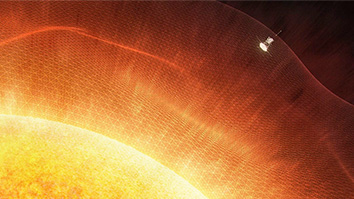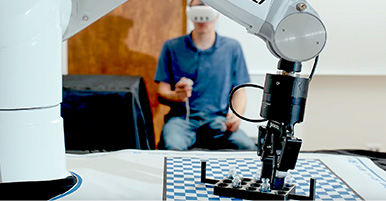Citation
Wei, X., Christiano, E. R., Yu, J. W., Blackorby, J., Shattuck, P., & Newman, L. A. (2014). Postsecondary pathways and persistence for STEM versus non-STEM majors: among college students with an autism spectrum disorder. Journal of Autism and Developmental Disorders, 44(5), 1159-1167. doi: 10.1007/s10803-013-1978-5
Abstract
Little is known about postsecondary pathways and persistence among college students with an autism spectrum disorder (ASD). This study analyzed data from the National Longitudinal Transition Study-2, 2001–2009, a nationally representative sample of students in special education with an ASD who progressed from high school to postsecondary education. Findings suggest that most college students with an ASD enrolled in a 2-year community college at some point in the postsecondary careers (81 %). Those in science, technology, engineering and mathematics (STEM) fields were more likely to persist in a 2-year community college and were twice as likely to transfer from a 2-year community college to a 4-year university than their peers in the non-STEM fields. College persistence rates varied by gender, race, parent education level, and college pathway and major. Educational policy implications are discussed.
Keywords: Autism, 2-Year community colleges, 4-Year universities, College pathway, College persistence, Science, technology, engineering and mathematics (STEM).


